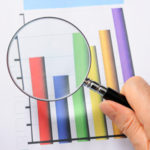Building the Smart Grid
Overall, it’s a mixed picture around the world, but the move toward building the smart grid continues to gain momentum.
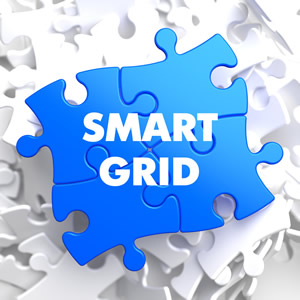 According to research company Bloomberg New Energy Finance, investments in smart grid equipment and rollout reached $14.9 billion in 2013, up almost 5% from the $14.2 billion recorded in 2012. Half of the worldwide spending on smart grid implementation was spent on smart metering while the other half went to electricity distribution automation and other related projects.
According to research company Bloomberg New Energy Finance, investments in smart grid equipment and rollout reached $14.9 billion in 2013, up almost 5% from the $14.2 billion recorded in 2012. Half of the worldwide spending on smart grid implementation was spent on smart metering while the other half went to electricity distribution automation and other related projects.
Installing Smart Meters
With an estimated $4.3 billion, China invested more on its smart grid rollout than any other country in 2013 and added another 62 million smart meters. China now has an incredible 250 million smart meters installed. In contrast, the rollout in North America is slowing down. Investments in the smart grid in the US decreased by 33% in 2013. This was partly as a result of the end of the (federal) stimulus programs.
Europe is moving ahead at an even slower pace, but there are signs that investments in the smart grid are progressing in the leading European economies, including the UK, Germany, and France. For example, at the end of 2015, a £10.9 billion program will attempt to ensure a smart meter is installed in every UK home by 2020. There is progress in Japan’s smart grid rollout, too. In Brazil, on the other hand, the smart metering rollout has been delayed by various certification and financing challenges. Overall, it’s a mixed picture around the world, but the general trend is to move forward with the rollout to build the smart grid.
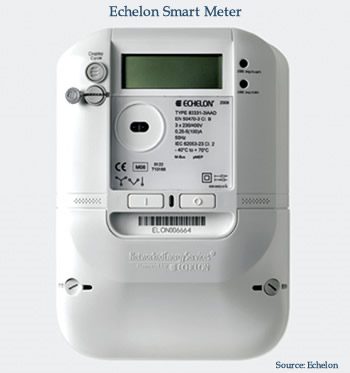
According to Bloomberg New Energy Finance, the following developments will influence the smart grid rollout in 2014 and beyond:
- The Asian Pacific smart grid region will continue to grow with increased smart grid activities in Japan, Korea, India, and Southeast Asia.
- China recently announced a slowdown in its smart meter installation rate (62 million in 2013), which will push out the completion of its smart metering program until 2017. However, by then the replacement cycle will start for the earliest-installed smart meters. Distribution automation spending will also increase in China.
- Information integration is the key word for the US, where the network is entering another phase, more software- than hardware-driven, using the new data coming off the grid. This data will be used to improve areas such as outage management, customer segmentation, and theft detection.
- Europe is the smart grid’s laggard. So far, 55 million smart meters are installed in Europe, but this number is expected to rise to 180 million by 2020.
Outage management is an important part of the development of smart grid solutions. As demand continues to increase around the globe and our society becomes more and more dependent on (computer) systems that use electricity, it is crucial that electricity outages are kept to a minimum. These outages can have various causes, unscheduled (accidents) or scheduled (shortage of supply).
Some examples of power outage causes include:
Human intervention: With tensions rising around the situation in the Ukraine and Russia scaling down gas supplies to various European countries, it is not unthinkable that in the winter of 2015 outages may occur around Europe, mostly scheduled but perhaps also unscheduled.
Technical problems: In Belgium, problems have surfaced with two nuclear reactors, which were shut down as safety precautions. As a result, the government has implemented a power-outage action plan that covers the whole country in case there is a shortage of supply during the time the reactors are inspected. This could take months.
Natural disasters: And then there are the natural disasters and accidents that may cause the supply to be interrupted or power generation plants to shut down, as seen in 2011 with the tsunami in Japan.
All this leads to the need for more intelligent control and added flexibility of the smart grid.
With smart meters becoming smarter, and new developments in information integration, we also need to look at building and home automation from the energy side; these markets appear to converge for both private homes and commercial buildings.
Power Distribution Automation
Distribution automation (DA) or power distribution automation ‒ the technology used to locate and automatically fix faults and to fine-tune supply/demand levels ‒ continued to grow last year. Global spending on distribution automation increased in 2013 by 22.7% to $5.4 billion compared to $4.4 billion in 2012. The investments in distribution automation are driven by the desire to integrate renewable energy sources in the network – often with a variable supply (wind/solar) – and the desire (or necessity) to improve grid/supply reliability. Supply reliability can be improved if the process of determining supply and demand is refined and interconnected networks can be managed to handle demand and supply imbalances.
Distribution automation is a topical issue and describes the intelligent control over electrical power grid functions to the distribution level and beyond. Distribution automation is basically an intelligent distribution system that is fully controllable and flexible. It can help operate the grid more efficiently and also incorporates distribution power generation from a range of sources, such as solar power, wind power, hydropower, nuclear power, and more conventional (fossil fuel) power plants. The key objectives of DA are to improve reliability, efficiency, asset utilization, and performance of the power delivery system.
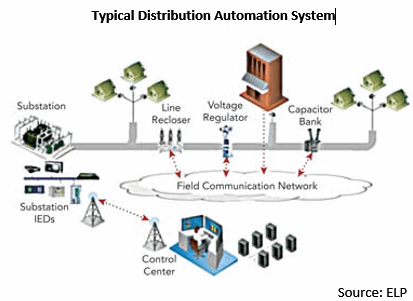
Intelligent sensors and processors are added to or incorporated into electromechanical equipment and passive circuit elements on the grid. Adding communications capabilities to these elements makes the distribution network more intelligent and capable of corrective action or troubleshooting analysis. Transformers equipped with a degree of intelligence can adjust themselves without the need of human intervention. Power lines have devices that locate faults and report other irregularities. Capacitor banks and line regulators optimize and control voltage and power variables to effectively reduce (total) costs and greenhouse gas emissions.
Examples of current distribution automation functions include:
- Volt-VAR optimization (VVO): An application function that is used to improve the overall efficiency of the electric power distribution network through optimal control of capacitor banks, voltage regulators, and a variety of distributed energy resources.
- Fault Location Isolation and Service Restoration (FLISR): The self-healing grid is an application that detects and isolates power distribution supply faults and then quickly restores service to users connected to operational portions of the distribution network with little or no human (manual) intervention.
While smart grid operators gain experience with smart grid management, the DA systems are improved and optimized, and this combination becomes a powerful driver for further development of power distribution automation. Since most DA applications require significant technical and financial investments, Navigant Research expects that global distribution automation revenue will nearly double by the end of this decade.
Connectors in Smart Meter Applications
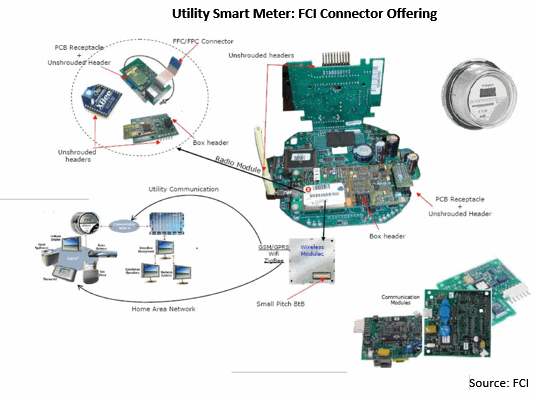
Some examples of connector usage in smart meters are as follows:
- SIM card connectors are required inside smart meters using GSM communication.
- Antennas are used in M2M (machine-to-machine) applications.
- Board-to-board connectors with a low stacking height are used to connect PCBs inside the meter.
- FPC/FFC connectors can be used to connect the LCD display to the PCB.
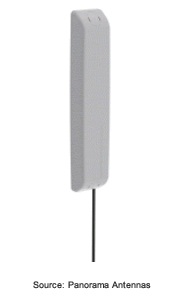
Low-profile metering antenna
Connection of smart meter (standard) cables can be a problem in older houses. Luckily there are many wireless alternatives to connect smart meters to the grid such as ZigBee, GSM/GPRS/UMTS, ISM bands, WiFi/WLAN, Bluetooth, and others. Other meters may be able to use power line communications (PLC), where the data is sent and received over the existing power cables.
Connecting a smart meter that can be accessed via the Internet and/or smartphone applications will also allow users to communicate with their household appliances and control on/off times to maximize the use of off-peak low tariffs. Such advantages also apply to industrial applications on a larger scale. It will still take some time before the smart meter rollout is completed in most parts of the world (likely around the year 2020) but it is clear that the smart meter evolution is just the beginning, and more systems and networks will be integrated and interconnected so that not only the power grid will be managed in an optimal and efficient way, but also the available (global) energy sources. From a technology point of view, these developments are within reach. It will be interesting to see if the political developments around the globe will become enablers or inhibitors.
[hr]
Arthur Visser, Bishop & Associates, Inc.
- The Industrial Market for Connectors in a Changing World - April 20, 2021
- How Key Trends in the Transportation Market Will Impact Electronics Growth - March 17, 2020
- Automation Means a Bright Forecast for Industrial Connectors - February 19, 2019
